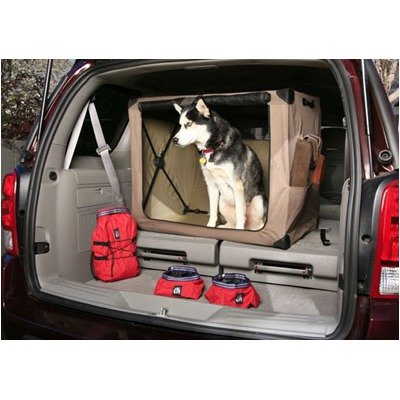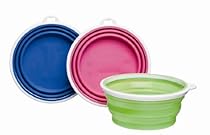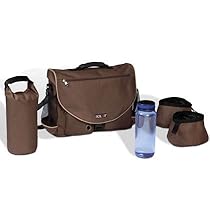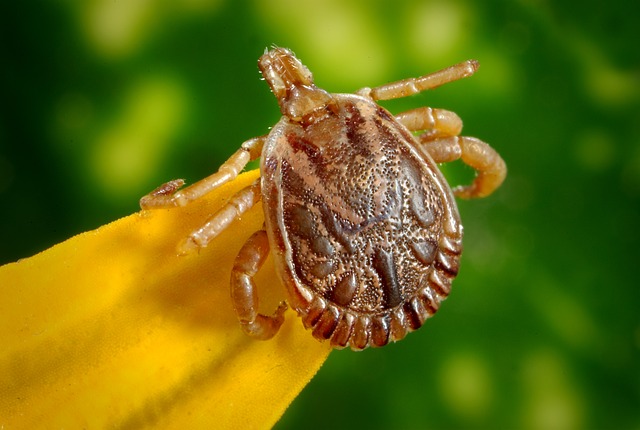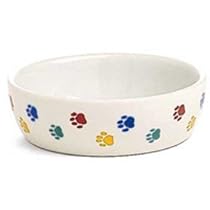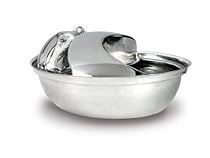by Diane Burket
Follow this advice and you’ll have a great trip with your fuzzy one!
* Get your dog accustomed to riding in a vehicle by taking short drives first. I’ve had every type of dog riders – pukers, stressers, sleepers & happy dogs. Some dogs will never be happy when riding in a vehicle—so be prepared for whatever comes up—disposable wipes, rags, towels, etc.
*Always secure your pet in a crate or carrier, or with a harness or travel seat while driving. A free roaming dog or cat can easily get hurt or killed if you have to stop suddenly. Cats are known to crawl under the gas or brake pedal—so be sure to keep them secure. Pets have fallen out of windows to their death. Very unfortunate and very avoidable. I use a harness. It has saved my dog from going through the windshield on more than one occasion. She loves to go places with me and knows we don’t go anywhere without a safety harness.
*Never leave your pet alone in a vehicle. It doesn’t matter what the weather is like outside or how short of a time period you’ll be gone, leaving your pet alone in the car is incredibly dangerous. Even with the windows open, cars can easily become furnaces in hot weather, and in cold weather, they quickly become frigid. If you absolutely, positively have to leave your pup or other pet in the car for just a few minutes—just carry a spare key and leave the vehicle running with the heat or a/c on.

*Don’t feed your pet a huge meal before going on a trip. Same goes for giving your pet a lot to drink. We all know how easy it is to get a little car sick—avoid the possibility of making your pet miserable on a long car ride by only feeding light meals. If you can, try to not feed your pet in the three to four hours prior to setting off.
*Keep a pet kit in the car. Fill a small box with some things you might need while out with your pet: extra water, food bowl, treats, a towel, waste bags, first aid essentials, toys, pet bed and cleaning wipes (if you’ve ever had a pet get sick in your car, you know that the more cleaning aids you have on hand the better!). Keep the kit in the trunk of your car so you know that you’re always covered in an emergency.
*Bring a copy of your Pet’s Medical Information. Whenever folks bring their dogs to me for boarding, I insist they bring their Medical Records. If anything should happen to their dog, I’ll have all the information I need to give to an Emergency Vet.

For more helpful hints, check out this article. Click here

